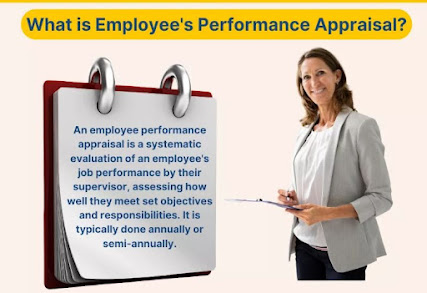Employee Motivation and Engagement Strategies
Introduction
Employee motivation and engagement are crucial for the success and
growth of any organization. Motivated and engaged employees tend to be more
productive, innovative, and loyal, leading to higher customer satisfaction and
improved financial performance. This essay explores various strategies to
enhance employee motivation and engagement.
Strategies for Employee Motivation
1. Recognition and Rewards:
Recognizing and rewarding employees for their
hard work and achievements is one of the most effective ways to boost
motivation. This can be done through monetary rewards, such as bonuses and
salary increase, as well as non-monetary rewards, such as public recognition,
certificates, and additional responsibilities. Companies like Google and Adobe
have robust reward systems that acknowledge employees' contributions and foster
a culture of appreciation.
2. Opportunities for Growth and Development
Providing employees with opportunities to learn
and grow is essential for maintaining their motivation. This can include
offering training programs, professional development workshops, and clear
career advancement paths. Organizations like IBM and Accenture invest heavily
in employee development, ensuring their workforce is skilled and motivated to
take on new challenges.
3. Work-Life Balance
A healthy work-life balance is critical for
employee well-being and motivation. Companies can support this by offering
flexible working hours, remote work options, and sufficient paid leave. Tech
giants like Microsoft and Salesforce are known for their employee-friendly
policies that prioritize work-life balance, leading to higher job satisfaction
and productivity.
Strategies for Employee Engagement
Open Communication
Transparent and open communication is vital for
building trust and engagement among employees. Regular team meetings, feedback
sessions, and open-door policies can facilitate a culture of transparency.
Companies like Buffer and HubSpot prioritize open communication, ensuring
employees feel heard and valued.
Inclusive Work
Environment:
Creating an inclusive work environment where
diversity is celebrated and everyone feels welcomed is key to engagement. This
involves implementing diversity and inclusion programs, offering unconscious
bias training, and promoting equal opportunities. Organizations like Deloitte
and PwC have comprehensive diversity initiatives that enhance employee
engagement and foster a sense of belonging.
Meaningful
Work
Employees are more engaged when they find their
work meaningful and aligned with their values. Leaders can help by clearly
communicating the organization's mission and how each employee's role
contributes to achieving it. Companies like Patagonia and Ben & Jerry's
emphasize their social and environmental missions, which resonate with
employees and drive engagement.
Employee Involvement in
Decision-Making
Involving employees in decision-making processes gives them a sense of ownership and engagement. This can be done through regular surveys, suggestion boxes, and collaborative planning sessions. Companies like LEGO and Toyota engage employees in continuous improvement initiatives, leveraging their insights and fostering a collaborative culture.
Conclusion
Employee motivation and engagement are fundamental to
organizational success. By implementing strategies such as recognition and
rewards, opportunities for growth, work life balance, empowerment, open
communication, inclusivity, meaningful work, and employee involvement in
decision-making, organizations can create a motivated and engaged workforce.
These strategies not only enhance productivity and innovation but also
contribute to employee well-being and retention4. As the business landscape
continues to evolve, organizations must prioritize and continuously refine
their approaches to employee motivation and engagement to stay competitive and
achieve long-term success.
References:
Verlinden, N. (2024) 21 best employee
engagement strategies to use [in 2025], AIHR. Available at:
https://www.aihr.com/blog/employee-engagement-strategies/ (Accessed: 31 October
2024).
Indeed.
(2024). 15 strategies for motivating employees (plus importance) | indeed.com.
Available at:https://www.indeed.com/career-advice/career-development/strategies-for-motivating
employees (Accessed: 31 October 2024).

.webp)
.png)

It is not an easy task to keep employees engaged and motivated This blog provides a comprehensive and insightful exploration of employee motivation and engagement strategies. Each point, from recognition and growth opportunities to inclusivity and meaningful work, is thoughtfully explained with practical examples from leading companies
ReplyDeleteThe blog discusses the importance of employee motivation and engagement which are vital to creating a productive and positive workplace. Motivated and engaged employees are more committed, perform better, and contribute to a healthier organizational culture. Knowledge gained & the good read done!
ReplyDeleteYou've highlighted key strategies for boosting employee motivation and engagement effectively. The real-world examples, like Google for rewards and Patagonia for meaningful work, make these insights practical and relatable. Well done!
ReplyDelete